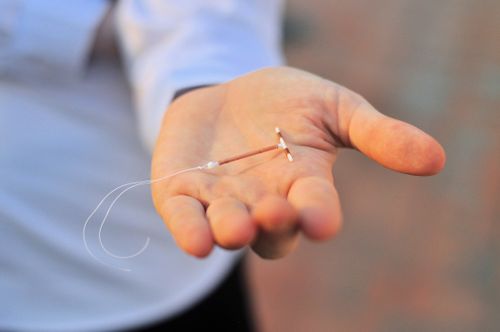Hormonal intrauterine devices (IUDs) such as the Mirena have been soaring in popularity in recent years, with most recent reports indicating around one in eight Australian women of reproductive age use them.
With an average efficacy rate of over 99 per cent, they are considered one of the most effective methods of contraception that does not require further interventions such as taking a daily dose or monthly administration.

Half of the women studied had a levonorgestrel-releasing device such as the Mirena or Kyleena inserted, while the other half did not.
Those studied who had been using an IUD for less than five years had a 30 per cent increased rate of breast cancer by the end of the study period, while the risk was 40 per cent higher for those with IUDs for between five and 10 years.
The women studied who had used an IUD for between 10 and 15 years had the highest rates of breast cancer, with an 80 per cent increased rate compared to women with a similar duration of non-use.
The Danish Cancer Institute team said the risk was comparable to women who used the contraceptive pill.
While the risk of developing breast cancer was still low overall, the findings prompted a push for women to be better informed when discussing their contraceptive options.







